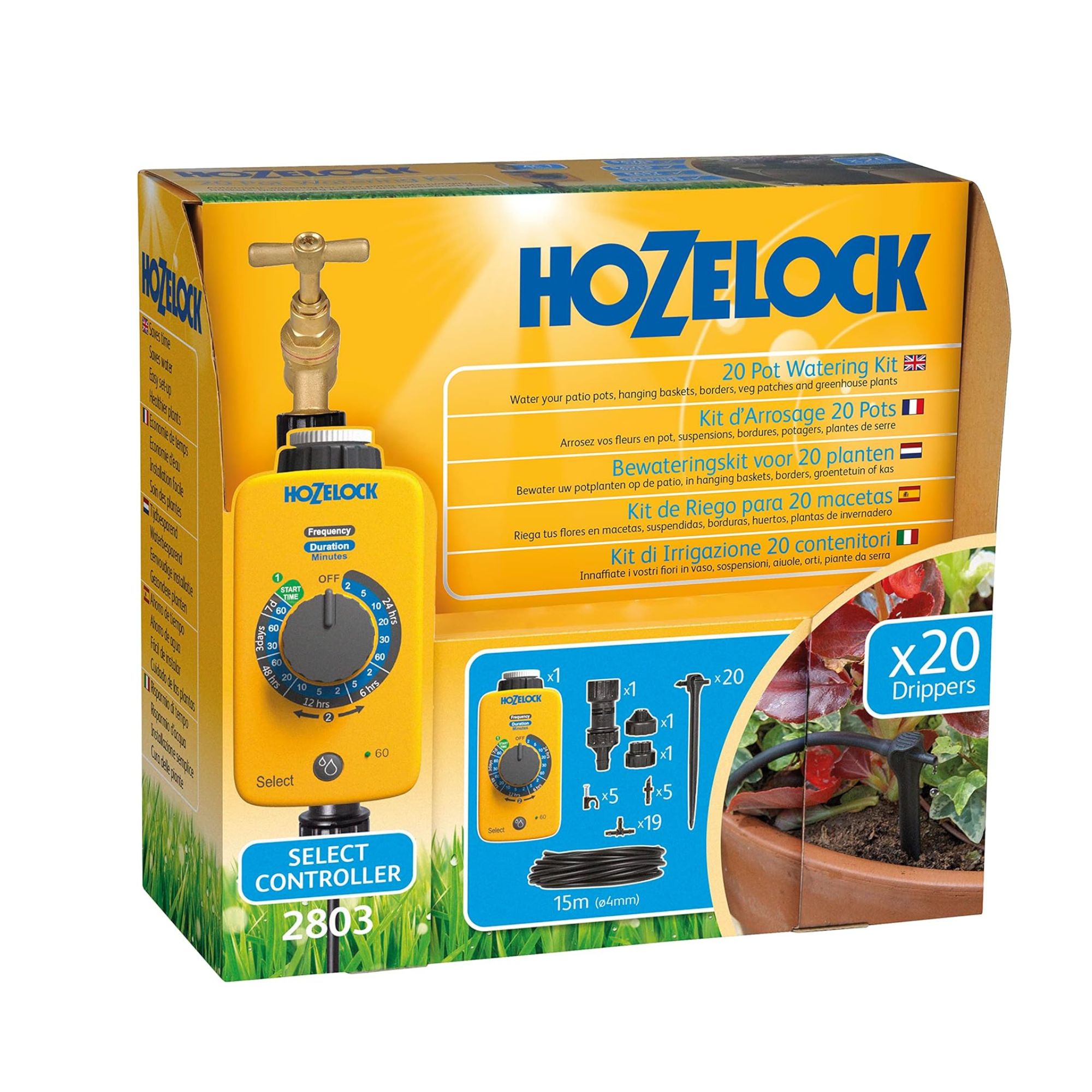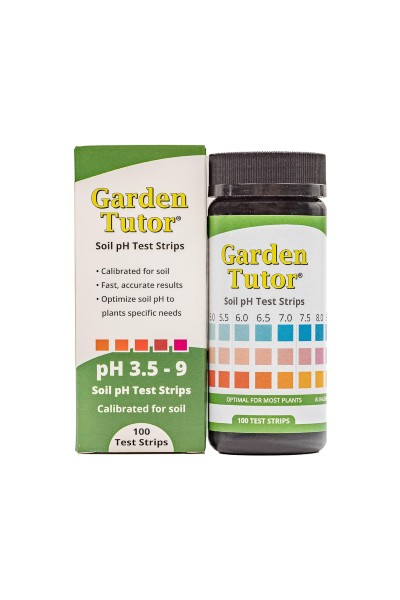Why are my hydrangeas turning brown? It could be one of these 5 things, but this is how you can fix it
Brown hydrangeas are a sure sign that something is wrong
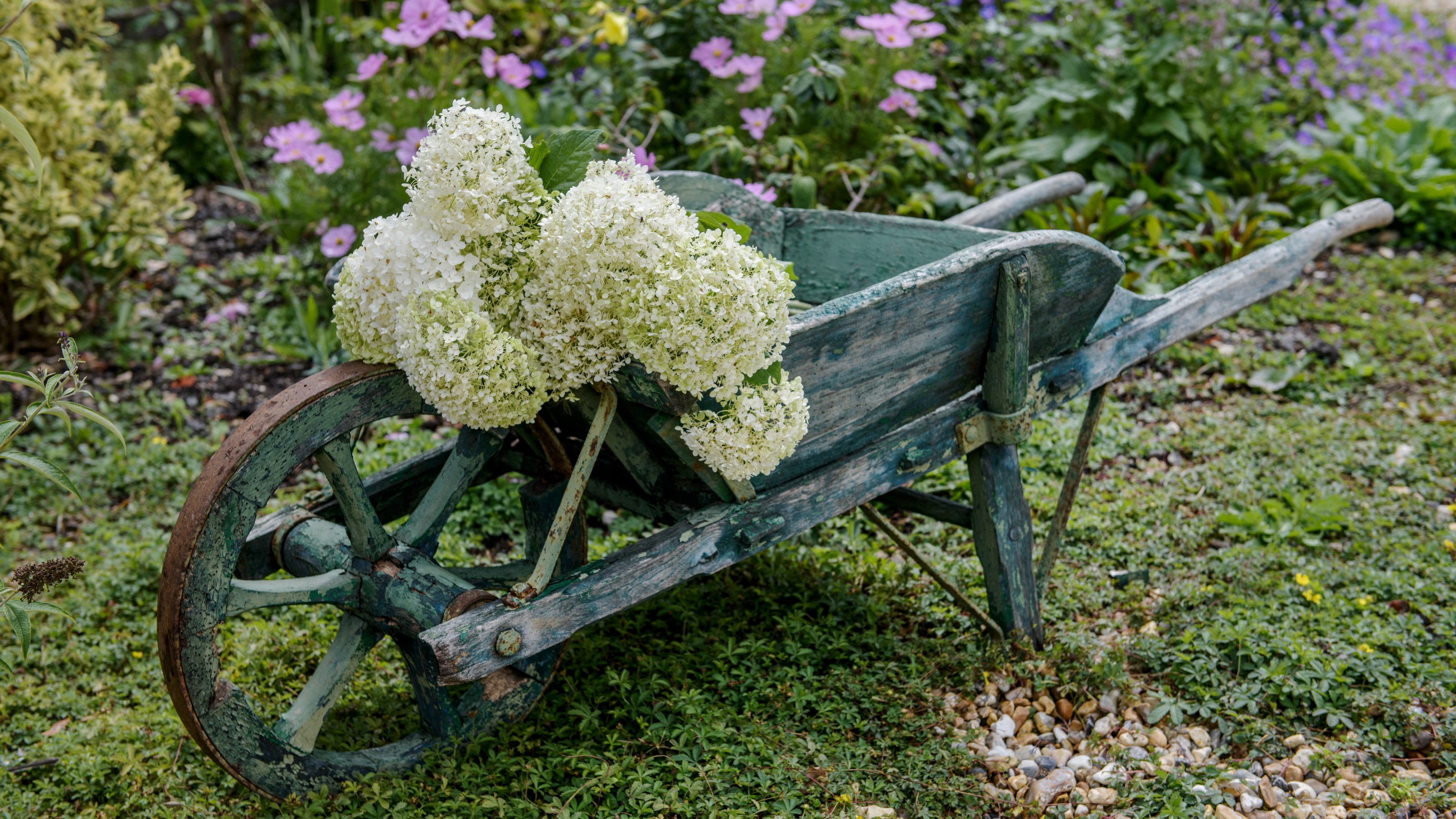

Hydrangeas are famous for their white, blue, or even pink flowerheads. But if your hydrangeas are turning brown, this is a sure sign that something is wrong. And if you want to keep these stunning blooms alive, you’ll need to act fast.
Perfect for any garden, hydrangeas offer gardeners the chance to fill their outdoor space with giant blooms that make a real statement. And while you might assume that choosing the right hydrangea for your garden is the hardest part of planting them, that’s the least of your worries. After all, hydrangeas are high maintenance.
Incorrect conditions or one wrong move on your part can drastically affect the health and well-being of your hydrangeas, and you may even find that their flowerheads turn brown as a result. So, you need to understand why your hydrangeas are turning brown and how you can fix it.
1. Underwatering

It’s incredibly easy to make garden watering mistakes, and underwatering is perhaps the most common of the lot - especially during the warmer months. And if your hydrangeas are turning brown and look crispy and limp, there’s a very high chance that it’s due to underwatering.
In milder cases, your hydrangea flowers may only be turning brown on the tips of the petals. In more extreme cases, however, the whole flowerhead will likely turn brown.
Solution: To combat the underwatering of your hydrangeas, Morris Hankinson, Director of Hopes Grove Nurseries, advises, ‘Make sure your hydrangeas are getting the right amount of water - consistent moisture but not waterlogged soil. Water at the base rather than from overhead to prevent fungal issues.’
To do this, opt for a slower and deeper watering method instead of watering them from above. One of the best ways to do this is to utilise a drip watering system, which will ensure that your hydrangea gets as much water as it needs at the base of the plant.
Sign up to our newsletter for style inspiration, real homes, project and garden advice and shopping know-how

Morris Hankinson is the founder and managing director of Hopes Grove Nurseries Ltd, the UK’s only specialist grower-retailer of hedging plants. He established the thriving business in 1992, shortly after graduating with a Commercial Horticulture Degree from Writtle College, Essex.
2. Overwatering

Unfortunately, it’s easier than you’d think to overwater your plants in the summer. And while you might feel as though your hydrangeas need a little extra oompf when the temperature rises and the sun shines, sometimes this can actually do more harm than good.
A sure sign that you’ve overwatered your hydrangea is if you spot the flowerheads turning brown and yellow. You may even see them visibly start to fall off the plant, and the soil around the plant may feel muddy and wet.
You want to avoid this, as prolonged periods of overwatering can lead to stunted growth and root rot, which will kill the plant.
Solution: Take a breather! If your hydrangea has turned brown due to overwatering, it’s best to take a break from watering and allow the excess moisture to dry out. During this time, it’s best to test the moisture level of the soil every now and then to see whether your plan is working.
Only when the soil has dried out should you start watering again, but make sure you don’t make the same overwatering mistakes.
3. Too much sun

Hydrangeas have very strict requirements when it comes to their location, and a poor planting location can be one of the reasons why your hydrangea isn’t flowering. Not only this, but a poor planting location can also turn your hydrangeas brown and result in heat stress.
That’s because hydrangeas thrive best when planted in a location where they are guaranteed 4-6 hours of partial or dappled shade, and they struggle in full sun. However, this does depend on the variety of hydrangeas you have as some varieties can cope with full sun.
So, always check the growing requirements of your hydrangea before you plant it, as this small task can prevent your hydrangea from turning brown.
Solution: Morris says, ‘If sunlight is the problem, try to provide some shade during the hottest hours or relocate the plant to a spot with morning sun and afternoon shade.’ This should be easy if you’ve grown your hydrangea in a pot.
If you’ve grown your hydrangea in a garden border or raised garden bed, however, you have two options. You could either move it to a new location (making sure you follow the rules on when to move hydrangeas), or you could create some shade. Thankfully, there are many products on the market to help you with that.
Morris also adds, ‘Mulching around the base can help retain moisture and regulate soil temperature.’
4. Incorrect soil pH
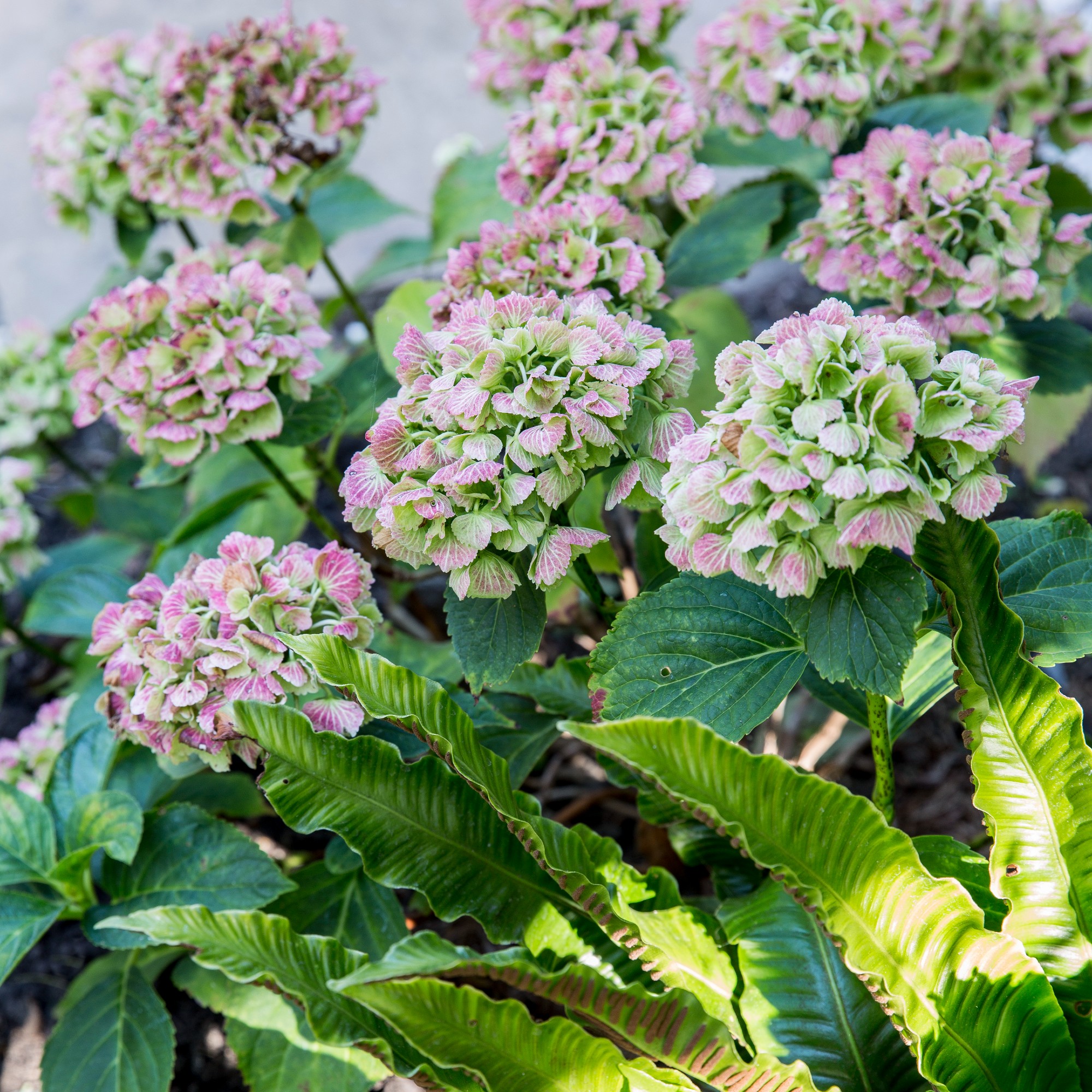
When was the last time you tested your soil’s pH? If you can’t remember, that may be why your hydrangeas are turning brown. After all, it’s incredibly important to grow plants according to your soil’s pH to avoid a whole host of issues.
And while hydrangeas change colour according to the pH of the soil (for example, they will be blue if grown in acidic soil but pink in alkaline soil), too much of one or the other can have a disastrous effect and result in brown plants that struggle to survive.
Solution: By testing the pH of the soil around your hydrangea, you can choose a fertiliser or product that will adjust the levels and improve the overall health of your plant. Just make sure you know which way you need to go so you don’t make the situation even worse.
5. Transplant shock
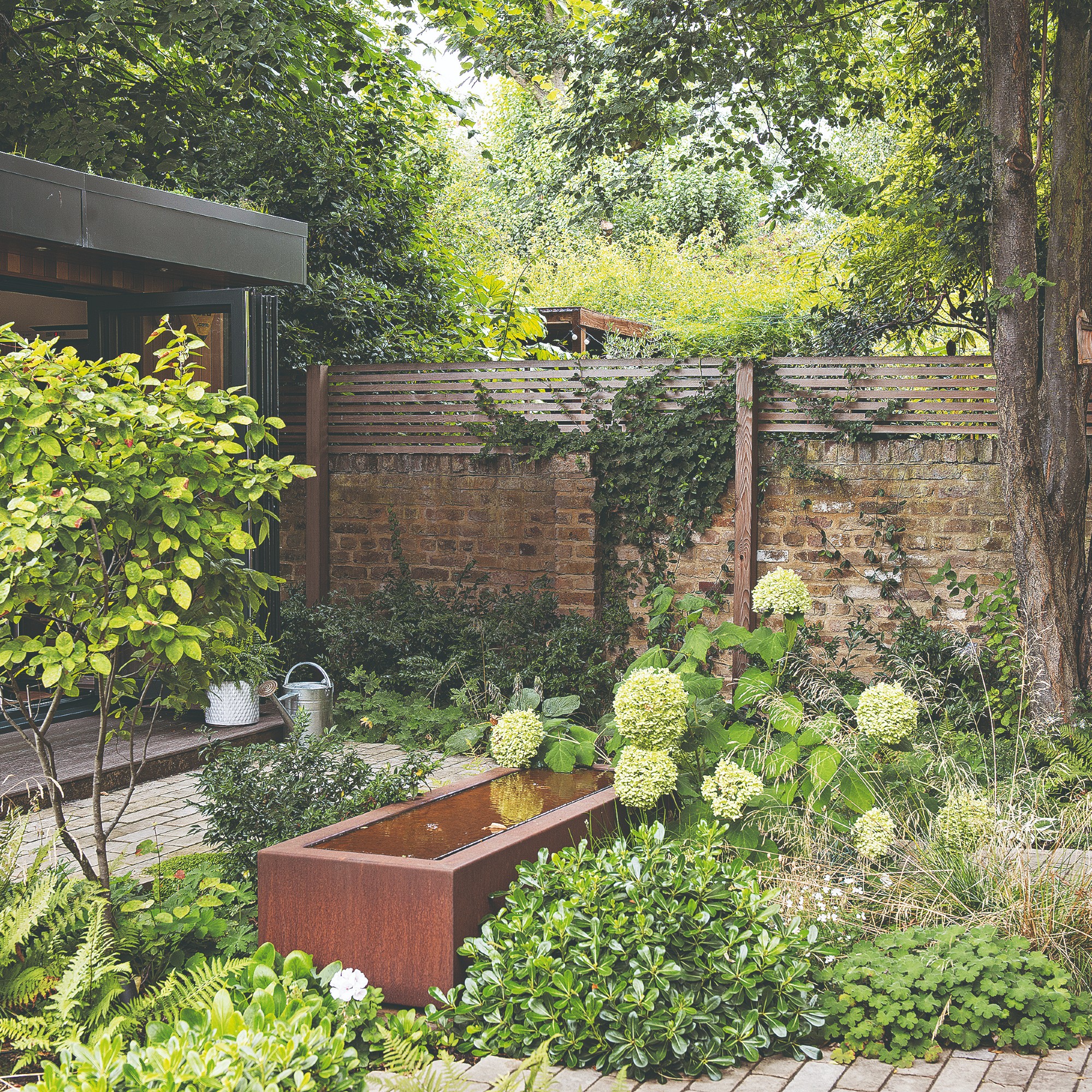
If you’ve recently moved your hydrangea to a new location - perhaps because you didn’t think it was getting too much light or you wanted to give it more space to grow - it may be suffering from transplant shock. This can ultimately cause your hydrangeas to turn brown.
Hydrangeas suffer the most when moved in peak summer and when the soil is dry, and brown leaves are a sure sign that your hydrangea hasn’t coped well with the move. That’s why it’s important to understand how to move plants in a garden and whether you should transplant when the soil is wet or dry.
This is echoed by Harry Bodell, gardening expert at PriceYourJob.co.uk, who says, ‘It’s not recommended to move your hydrangeas during the warmest months of the year, so you should avoid moving hydrangeas in summer.'
'Definitely avoid moving your hydrangeas during a heatwave or a period of drought. The high heat levels and the lack of moisture will make it very difficult for the plant to settle into its new position.’
Of course, if you haven’t just moved your hydrangeas, then you don’t have to worry, as there’s no way that your hydrangea could be suffering from transplant shock.
Solution: In severe cases of transplant shock, your hydrangea sadly won’t survive. You can try to revive it by watering it well, fertilising little and often, and keeping an eye on it. However, be warned that it may be too little too late.
FAQs
Should you cut off brown hydrangeas?
There are many reasons why hydrangeas turn brown. By discovering the root cause, you can then try to restore the plant's health - but this probably won’t turn the flowers back to their original colour.
Because of this, it’s best to remove the brown flowerheads and allow the plant to preserve its energy and focus on getting better. This will also make the plant look neater and tidier.
How do I know if my hydrangea has root rot?
Brown or yellow flowerheads are a sure sign of root rot in hydrangeas, alongside stunted growth and poor flowering. This can often happen quite suddenly but may also get worse over the course of a few weeks.
You may also spot that the hydrangea’s stem is changing in colour and looking a little worse for wear. And if you were to look under the surface, you’d also find that the roots have turned brown rather than a healthy white.
If your hydrangea has turned brown, your first step is to understand why it’s turned brown. Then, you can try and save it before it’s too late.

Lauren Bradbury has been the Content Editor for the House Manual section since January 2025 but worked with the team as a freelancer for a year and a half before that. She graduated with a Bachelor’s degree in English and Creative Writing from the University of Chichester in 2016. Then, she dipped her toe into the world of content writing, primarily focusing on home content. After years of agency work, she decided to take the plunge and become a full-time freelancer for online publications, including Real Homes and Ideal Home, before taking on this permanent role. Now, she spends her days searching for the best decluttering and cleaning hacks and creating handy how-to guides for homeowners and renters alike, as well as testing vacuums as part of her role as the Ideal Home Certified Expert in Training on Vacuums, having spent over 110 hours testing different vacuum models to date!
